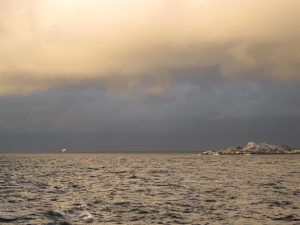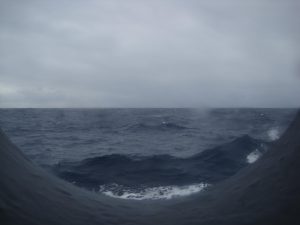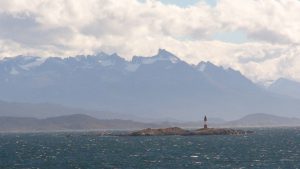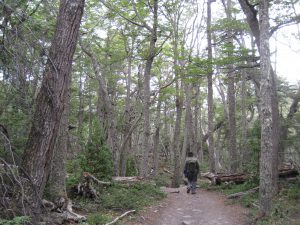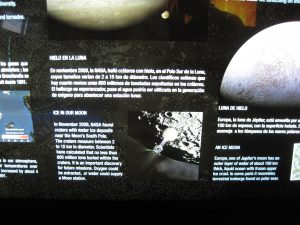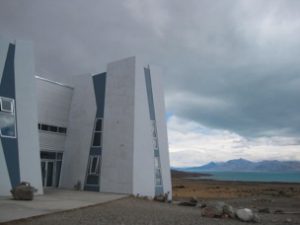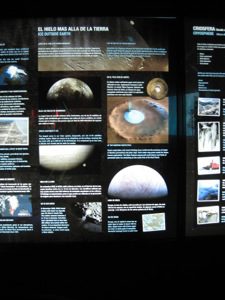62d 01m 52.9s S, 60d 03m 21.6s W
About 9 nautical miles to the south, we spotted land! It was not Antarctica, but rather the South Shetland Islands, which in themselves have amazing variety. I enjoyed being up on deck sketching the shapes as they emerged out of the mist. We had been racing a storm which provided some amazing scenery at sunset.
Our trajectory was down the English Strait between Roberts and Greenwich Islands. We had some snow fall on the ship as we headed into the Bransfield Strait towards sunset. Another day at sea, but landfall tomorrow (Feb 20) was promised.

